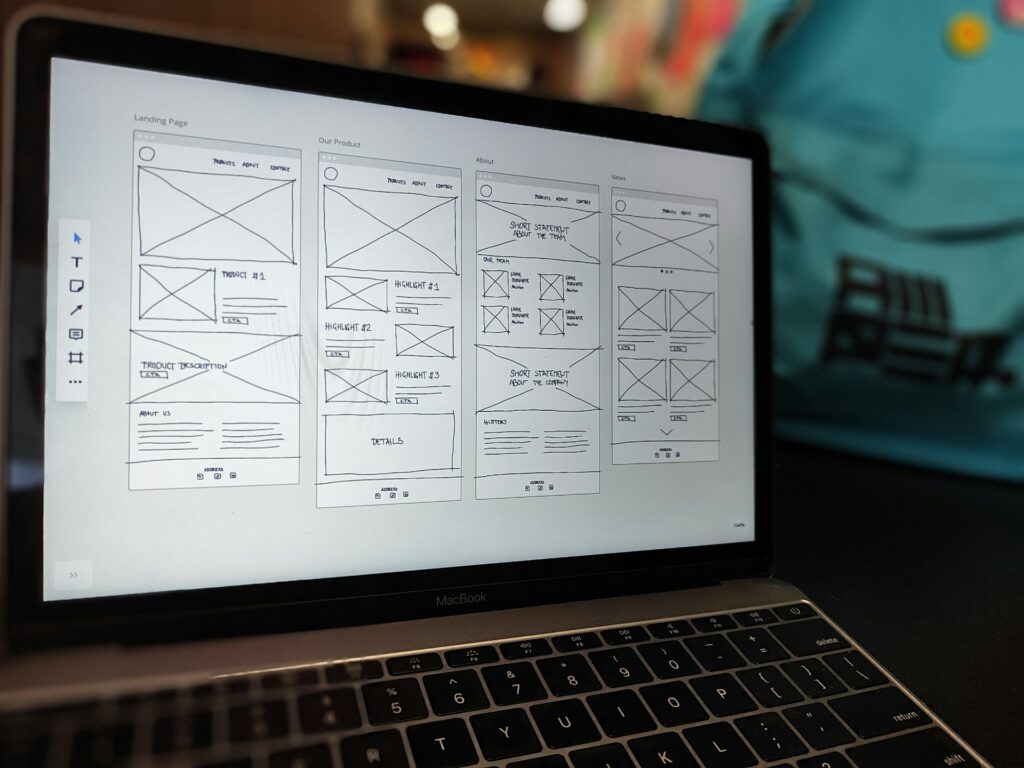UX research: stages of implementation
High market competition forces developers to find ways to stand out. Often, they emphasize visual design, shifting the focus to the product’s appearance. As a result, user convenience takes a back seat. To balance visual solutions and functionality, the team should conduct UX research.
This approach allows you to understand how users interact with the product and which usage scenarios are most convenient for them. Based on the obtained data, the team can adapt the interface, improve functionality, and eliminate problematic elements.
There are two types of research:
- Formal. This type of research involves specialists who control the product testing process.
- Informal: This method relies on collecting feedback and passively observing user behavior.
The choice of specialists depends on the tasks and scale of the project. The research can involve UX designers, product managers, or project managers, depending on the company’s resources and goals.

Research objectives and key steps
The key to successful testing is to understand the purpose of the analysis and to follow the steps of the procedure.
Thanks to the research, the developer can obtain valuable data:
- better understand their consumer, study their requirements and pain points;
- see interface problems that may repel users;
- identify ideas for product development;
- fix bugs before release;
- minimise risks to the product’s performance;
- adapt the solution to market needs.
Conducting research involves several steps. First, define the goal, as this influences the choice of UX testing tools and methods. Once the goal has been formulated, you can move on to selecting a method. It is important to consider the available resources and the scope of the research here. Pay attention to the characteristics of the target audience as well. To select participants, create a profile of the ideal user. The optimal solution is to segment the audience according to various characteristics. These could be demographic characteristics or the level of technical literacy.
Once all preparatory stages are complete, the procedure can begin. It is important to create a positive atmosphere during the research process to encourage users to open up. Encourage them to ask questions and participate actively.
When the research finishes, the data analysis begins. It is important to study not only the obvious interface problems users encountered but also their behavior. Their comments and the wording they used are useful. This information helps gain a deeper understanding of the audience’s needs and how customers want to see the product.
After making changes, retesting should take place. This will reveal how consumers’ attitudes toward the product have changed.
